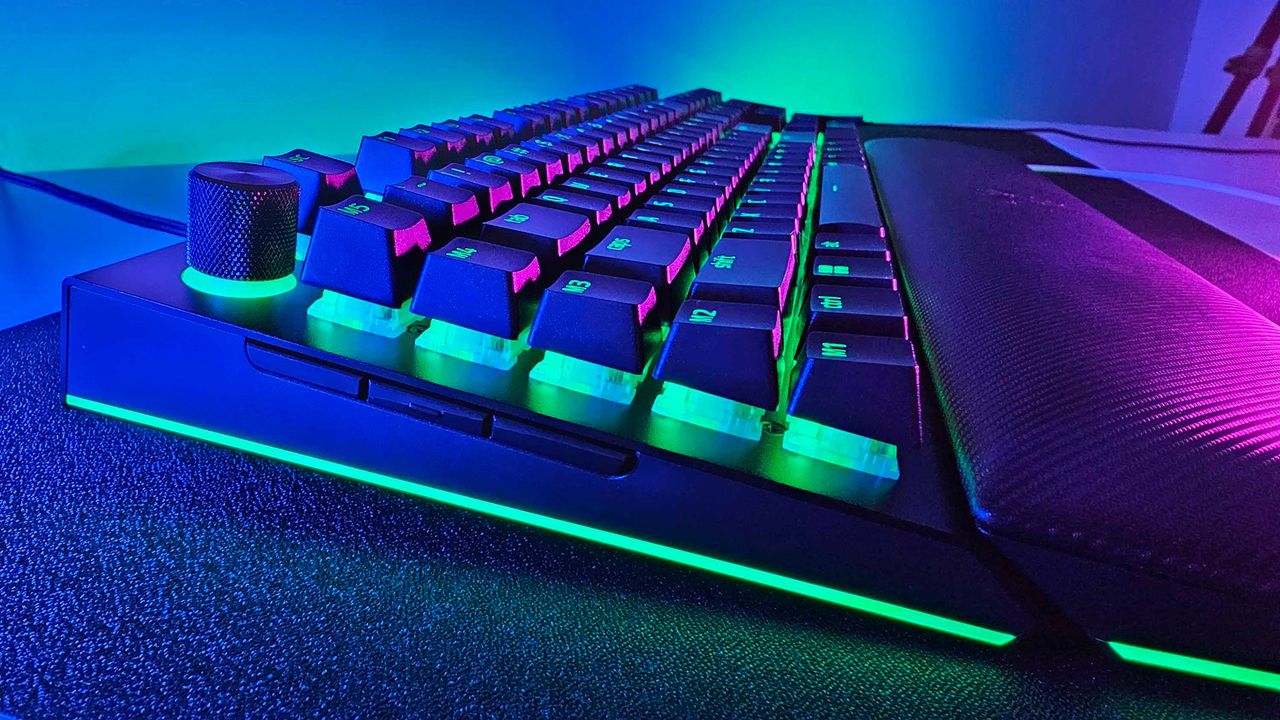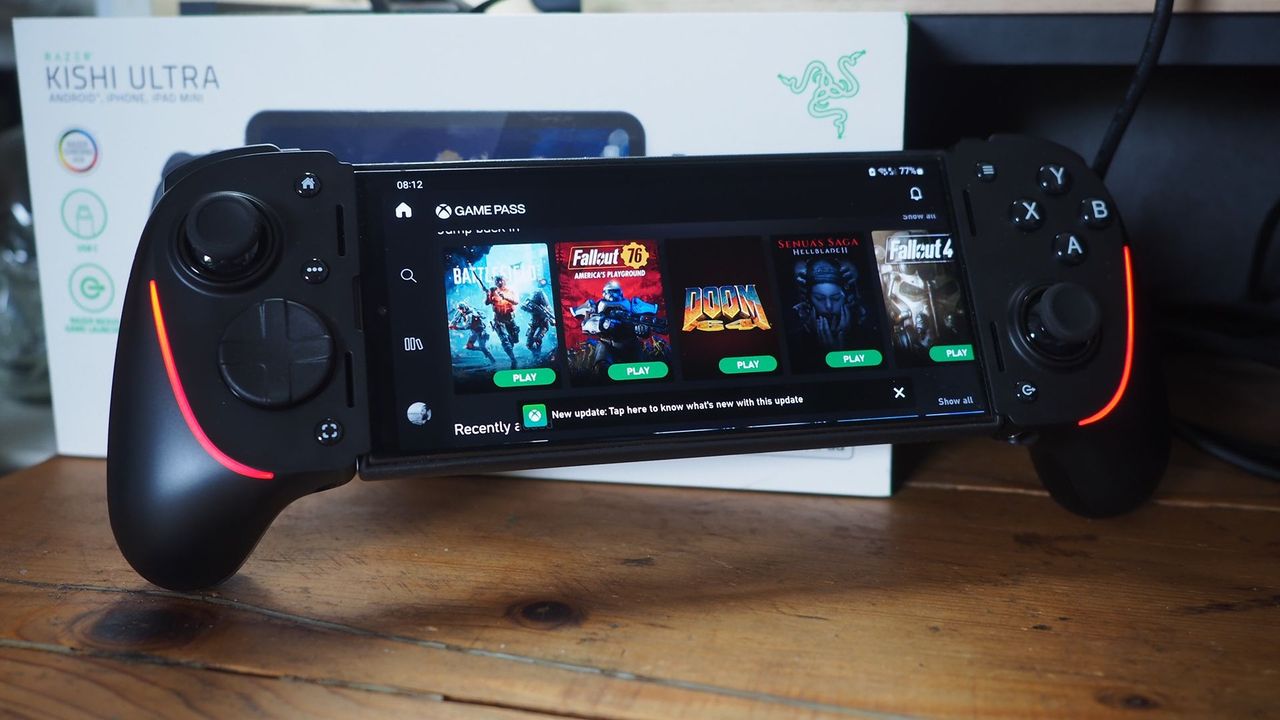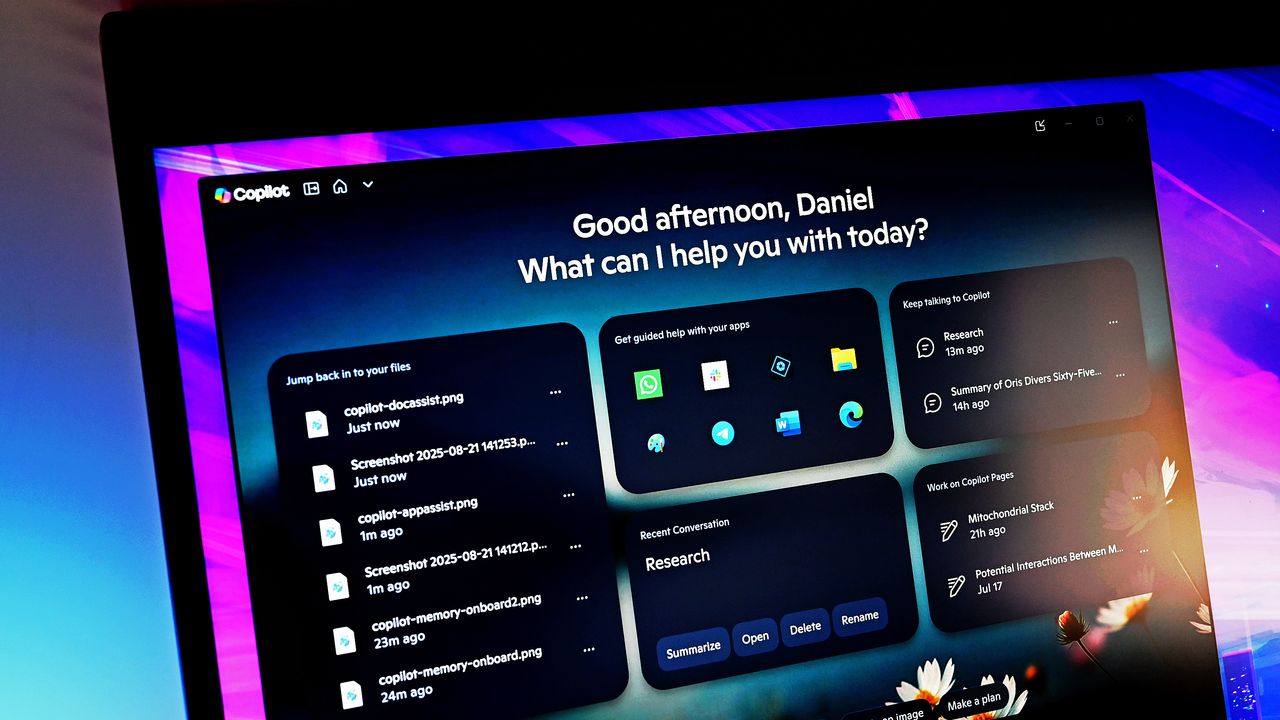The Outer Worlds 2 directors tapped Ninja Theory and other Xbox studios to shape future games
The Outer Worlds 2 Direct
![]()

The Outer Worlds 2 Direct
![]()

Keyart for Hotel Barcelona
![]()

Battlefield 6
![]()

Windows 10 desktop on an ASUS Zenbook laptop
![]()

Battlefield 6 logo shattered
![]()

United Kingdom Prime Minister Rishi Sunak visits Arlington National Cemetery, Arlington, Va., June 7, 2023. (U.S. Army photo by Elizabeth Fraser / Arlington National Cemetery / released)
![]()

Official screenshot of Battlefield 6.
![]()

Photograph of the Razer BlackWidow V4 Pro Keyboard's side profile
![]()

Xbox logo on a red background.
![]()

Battlefield 6
![]()

Photograph of the Samsung T7 SSD
![]()

President and CEO of Nvidia Jensen Huang speaks on AI at the return of American manufacturing at the Hill and Valley Forum at the U.S. Capitol on April 30, 2025 in Washington, DC.
![]()

Discord desktop app showing The Division server
![]()

Photograph of the Razer Kishi Ultra
![]()

Snapshot of the Copilot app's new features for Windows 11 (August 2025).
![]()

The Windows 10 Start Menu
![]()

Screenshot of Minecraft's Mounts of Mayhem update preview.
![]()

Call of Duty: Black Ops 6 campaign rewind screenshots show various Black Ops operators and antagonists from the upcoming spy-thriller.
![]()

Screenshot of the Minecraft movie sequel's release date teaser.
![]()